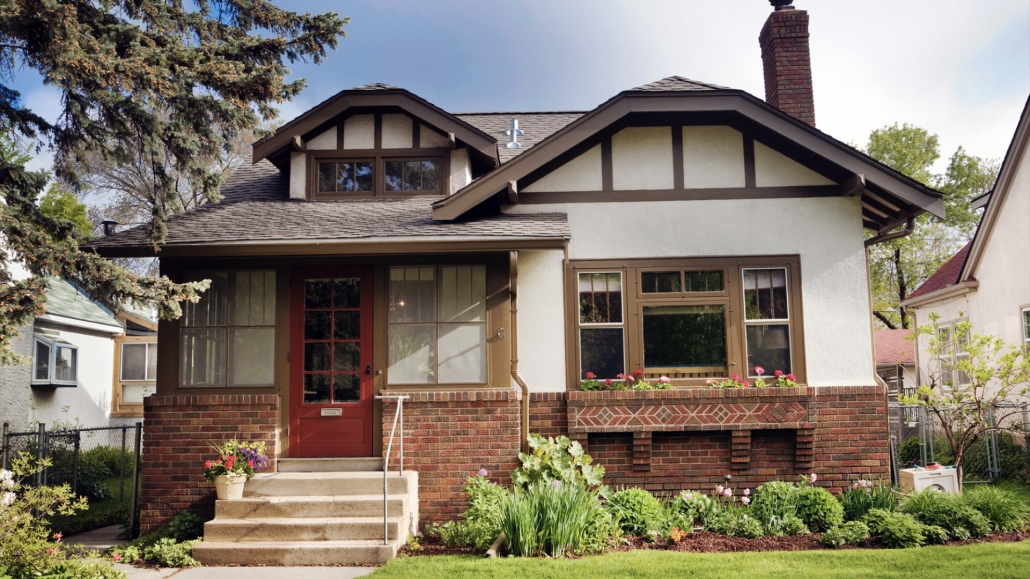5 Things You Should Know About Rewiring Older Homes
Rewiring and grounding a home is vital if considering the future value and safety of your home. Ungrounded homes can leave you at risk due to stray electrical current that doesn’t have grounding to catch it and return it safely to ground. Fire safety, electrical shock or electrocution may be the most severe examples but good luck selling knob and tube homes at market value if your audience knows, or pays to know better!
Pro Tip
Low-voltage can pack just as serious a punch as high voltage appliances. As stated by The National Center for Biotechnology Information “the length of exposure (e.g., if there is prolonged muscle tetany), the size of the individual, and cross-sectional area in contact with the electrical source.” all play a role in the damage suffered by the unfortunate party. Long story short for all the short attention span types, Be Careful! Leave it to the electrically educated few and remember these 5 important things.
1. Upgrade the main service panel to at least 100 amps, 200 is recommended for most residential homes.
Amps are what is supplied to your home, Volts are what various items and outlets pull or draw. If your home has a charging station for example, they will commonly need 50 or more amps taking almost all of a 100 amp homes power to the point of having to manage how many volts are drawn by various appliances and what is ‘running’ at the same time. For this reason and depending on your personal needs, 100 amps are the very minimum recommended. 200 assures that your various appliances will run to their intended potential and lower your risk of overloading your panel, causing the home to subsequently lose power or ‘trip’ your circuits.
2. Install dedicated circuits in the service panel for each of the home’s major appliances.
There are two types of circuits connected to your electrical panel.
- General Circuits: These are commonly wired in sequence maxing at 10 outlets per circuit in a common areas. It is worth noting that no more than 5 or 6 per circuit is usually recommended by professionals. The ‘daisy chain’ will run from one outlet to the next all the way back to the main panel supplying power to your standard low voltage appliances on its way.
- Dedicated circuits: These will supply power to your larger, higher voltage appliances such as your dryer or fridge. They have a singular route straight to the appliance and back to ensure a steady supply of enough energy without overloading the circuit.
3. Space electrical outlets six to eight feet apart throughout the house. That will eliminate the need to run extension cords that could be a fire hazard.
Simple enough, the more outlets you have the less likely you are to need an extension cord. According to the Electrical Safety Foundation International
“Roughly 3,300 home fires originate in extension cords each year, killing 50 people and injuring about 270″
4. When installing new outlets, install only the three-pronged type to avoid electrical shocks.
This may be a little more complicated than it sounds. Two pronged plugs are considered the 2-wire system and due to safety concerns are being phased out. The shorter opening connects to the ‘hot’ wire bringing in the power, the longer opening connects to the ‘neutral’ wire with more surface space to catch the electricity and let it flow back to ground. The third, usually round opening in your outlets is for the (usually) copper wires to ground your home, meaning giving the 2-wire system a fail safe so to speak. Grounding your home is standard practice now and generally considered a must when it comes to the safety of the home.
5. Install outlets with ground-fault circuit interrupters (GFCI) in the kitchen, bathrooms and outdoors.
GFCI are installed in areas with high water risk factors such as kitchen countertops. These outlets will shut themselves down to prevent an electrical shock if they get wet. “It works by comparing the amount of current going to and returning from equipment along the circuit conductors” as stated by OSCA (Occupational Safety and Health). If something does go wrong with your grounding and especially if water is around, you’ll want these around to shut off in as little as 1/40 of a second.
To eliminate electrical hazards, owners of older homes may have to rewire the entire house. Modern conveniences have put an increasing demand on our electrical needs, and modern times have called for some safety regulations. Major electrical changes are often in order to ensure safety and a well equipped older home.
A Simple Electrical Upgrade Can Upgrade Your Quality of Life
The right electrical upgrade can dramatically improve the value and appearance of any home or business. You’ll be amazed at what a difference the right electrical upgrade can make for your home or business. Make sure that when you select an electrical company to do the enhancement of your home and you have decided to take your enhancement to the level where you require an electrical upgrade that the technician at the company has a good working knowledge and the experience to properly guide you in this area.
When you decide to upgrade, our well-trained and certified electricians have all the experience and training needed to complete your electrical panel upgrade project from start to finish, with a minimum of fuss or disturbance. Please contact us right away at 310-800-2401



